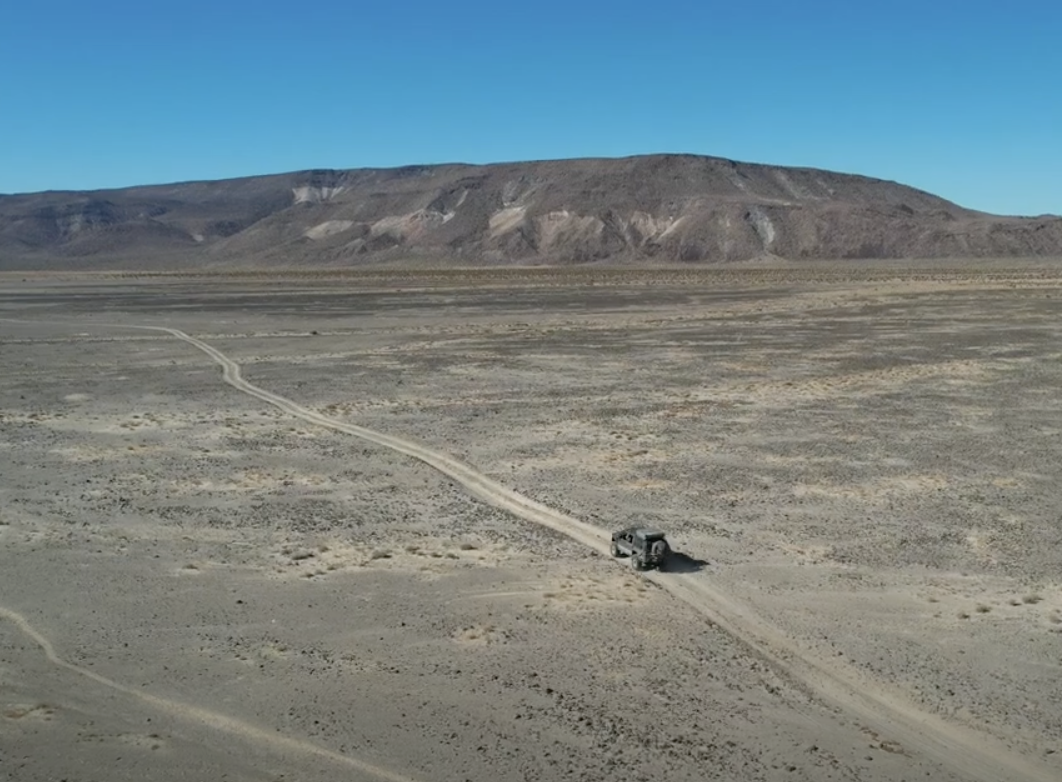Category Archives: YouTube
Steve TV (Birthday Song)
77 trips around the sun
Click the three little horizontal lines at top-right to see all 40 videos in playlist.
Organizing videos (categories and tags)
I posted my first video to YouTube in February, 2006. Just a year after YouTube launched in 2005. (Yes, it was lame)
Since then I have embedded or linked to YouTube videos 713 times. That’s a lot, particularly if I wanted to see videos by category. For example, all videos on the topic of CONSCIOUSNESS. Or, all videos of my Land Rover. While I have a Land Rover category, many of those posts don’t include a video. The 6,400 posts here at smays.com are organized in 41 categories with 256 tags.
While most of those 713 videos were created by someone else, I created 167 of them and 73 of them are YouTube selfies (me talking to the camera.)
Are you confused yet? It gets even more complicated. I created a category for videos not hosted on YouTube. These include .mp4, .mov, with a few Vimeo and TED Talk videos.
The goal here to make it easier to find videos by topic. Examples:
By combining categories and tags or tags and tags, I can make searches more specific.
- Quotes from Movies
- Quotes from Books (as opposed to all quotes)
- Eastern spiritual traditions (Buddhism, Meditation, Zen, Tao, Self) [54]
- Books on Consciousness [52]
Mr. Wolf does Baja

Some breathtaking video of Mr. Wolf’s trip down the Baja California peninsula.
There is no “you”
This is one of the better explanations of the illusory nature of the self. The closer I get to understanding this, the more impossible it becomes for me to share it. This video might be as close as I’ll get. Watch on YouTube
AI and the human mind
I’ve long been interested in how the mind works. What is consciousness? How is that different from awareness? Where do thoughts come from? Is the sense of self an illusion?
From the video below: “At its core, AI, just like the human mind, is all about processing information. It uses complex algorithms, labels, and symbols to make sense of the world and respond to its environment. It takes raw data as input, processes it based on its programming, and generates an output.”
Here’s another excerpt from the video (watch on YouTube) I found really interesting:
“The choice to use an AI voice has sparked a lot of conversations. Some people feel that using it makes the message feel less personal, less human. But others find it refreshing, even profound. Its neutrality and essentially egoless nature allows the message itself to shine through more clearly.”
I started having voice conversations with ChatGPT in late 2023 and prefer that to text since more of my questions turn into conversations. Put me in the “refreshing/profound” column. If you are into (as we said in the 60’s) this kind of stuff, I think you’l really enjoy this video.
Float Trip from Hell
Preface: This post, like many that precede it, is what I think of as an archive post. Once I reach Escape Velocity there won’t be many/any left who shared this experience. So this is for the AI anthropologists that find their way here. Video below runs a bit over 12 minutes.
Who Is the Mind Talking to?
ineffable – (adjective) inexpressible, indescribable, beyond words, beyond description, beggaring description; undefinable, unutterable, untold, unheard of, unthought of, unimaginable; overwhelming, marvelous, wonderful, breathtaking, staggering, astounding, amazing, astonishing, fantastic, fabulous.
Mind, self, consciousness… I’ve been reading (and posting) on these concepts for a long time. The video above might be the best explanation I’ve come across. For that reason, I might leave this pinned to the top of the blog for a while.
How AI can be so fast
How the brain computes the self
I seem to keep coming across areas where neuroscience and philosophy overlap on the subject of the self. PS: The “I” at the beginning of that sentence? Just an illusion.
